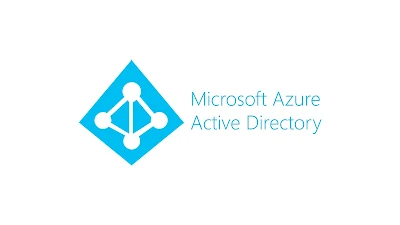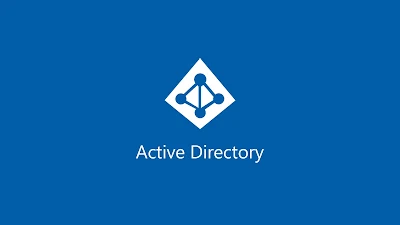Function Run-SCCMClientAction {
[CmdletBinding()]
# Parameters used in this function
param
(
[Parameter(Position=0, Mandatory = $True, HelpMessage="Provide server names", ValueFromPipeline = $true)]
[string[]]$Computername,
[ValidateSet('MachinePolicy',
'DiscoveryData',
'ComplianceEvaluation',
'AppDeployment',
'HardwareInventory',
'UpdateDeployment',
'UpdateScan',
'SoftwareInventory')]
[string[]]$ClientAction
)
$ActionResults = @()
Try {
$ActionResults = Invoke-Command -ComputerName $Computername {param([string[]]$ClientAction)
Foreach ($Item in $ClientAction) {
$Object = @{} | select "Action name",Status
Try{
$ScheduleIDMappings = @{
'MachinePolicy' = '{00000000-0000-0000-0000-000000000021}';
'DiscoveryData' = '{00000000-0000-0000-0000-000000000003}';
'ComplianceEvaluation' = '{00000000-0000-0000-0000-000000000071}';
'AppDeployment' = '{00000000-0000-0000-0000-000000000121}';
'HardwareInventory' = '{00000000-0000-0000-0000-000000000001}';
'UpdateDeployment' = '{00000000-0000-0000-0000-000000000108}';
'UpdateScan' = '{00000000-0000-0000-0000-000000000113}';
'SoftwareInventory' = '{00000000-0000-0000-0000-000000000002}';
}
$ScheduleID = $ScheduleIDMappings[$item]
Write-Verbose "Processing $Item - $ScheduleID"
[void]([wmiclass] "root\ccm:SMS_Client").TriggerSchedule($ScheduleID);
$Status = "Success"
Write-Verbose "Operation status - $status"
}
Catch{
$Status = "Failed"
Write-Verbose "Operation status - $status"
}
$Object."Action name" = $item
$Object.Status = $Status
$Object
}
} -ArgumentList (,$ClientAction) -ErrorAction Stop | Select-Object @{n='ServerName';e={$_.pscomputername}},"Action name",Status
}
Catch{
Write-Error $_.Exception.Message
}
Return $ActionResults
}
Run-SCCMClientAction -ComputerName localhost -ClientAction MachinePolicy,DiscoveryData,ComplianceEvaluation,AppDeployment,HardwareInventory,UpdateDeployment,UpdateScan,SoftwareInventory















